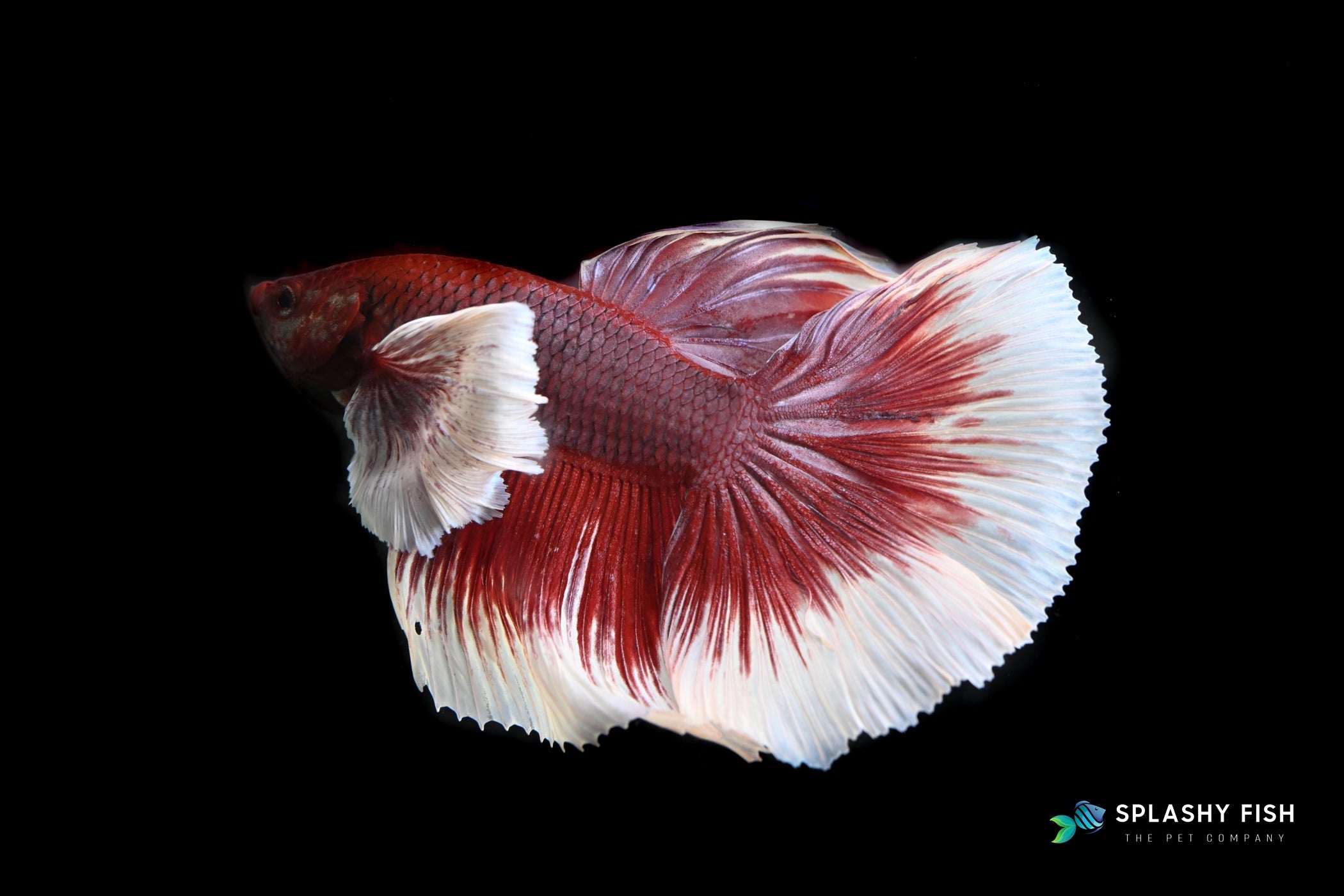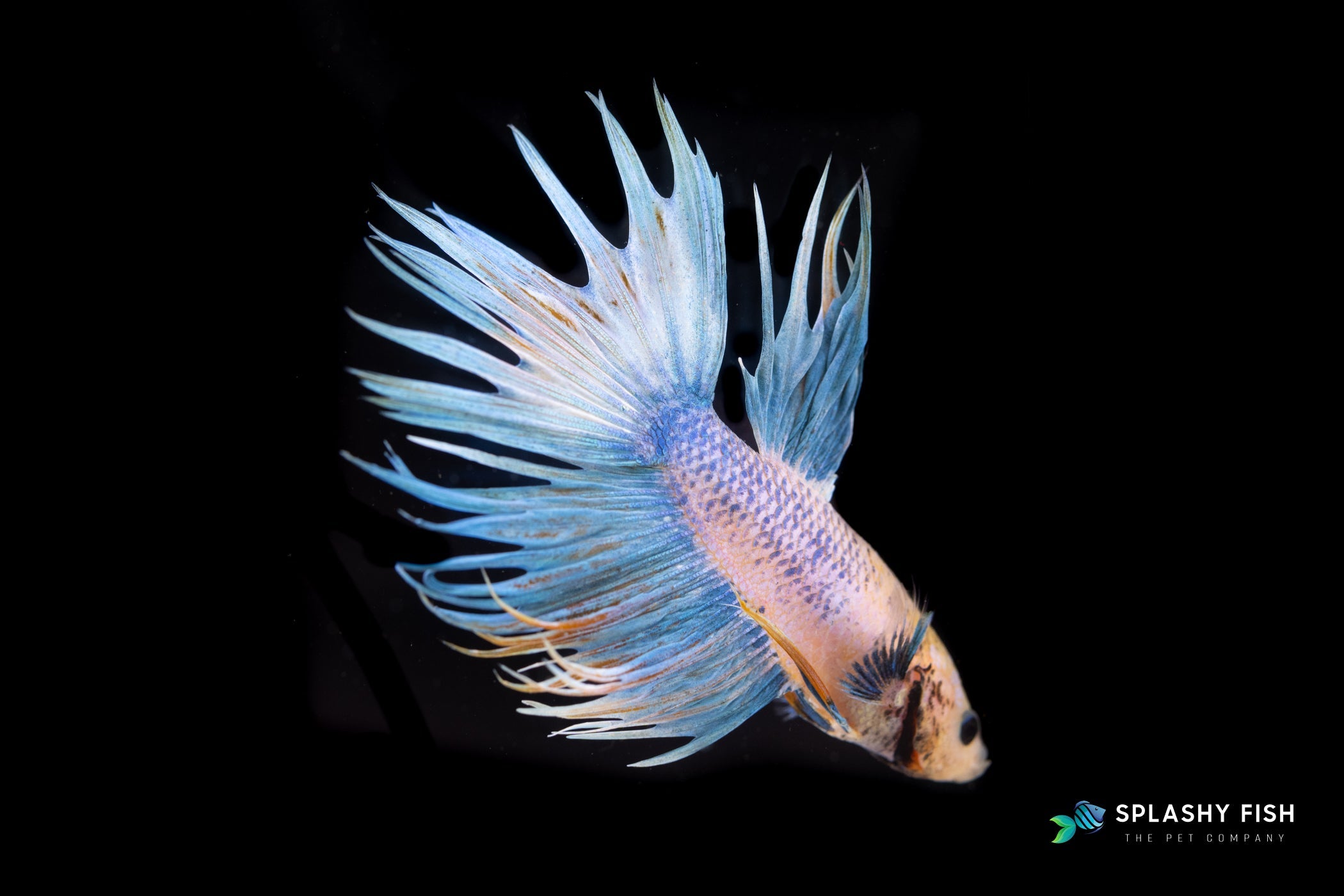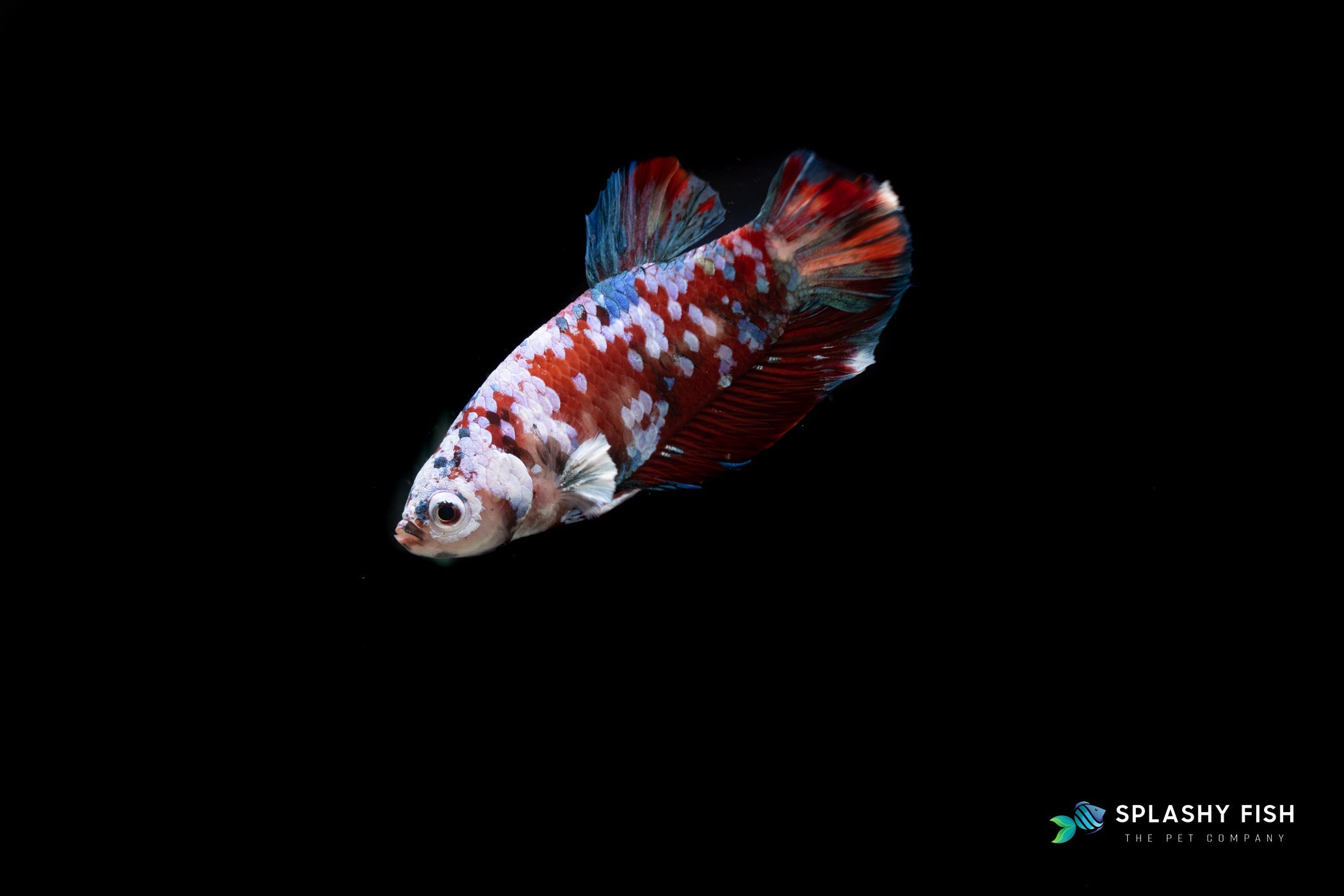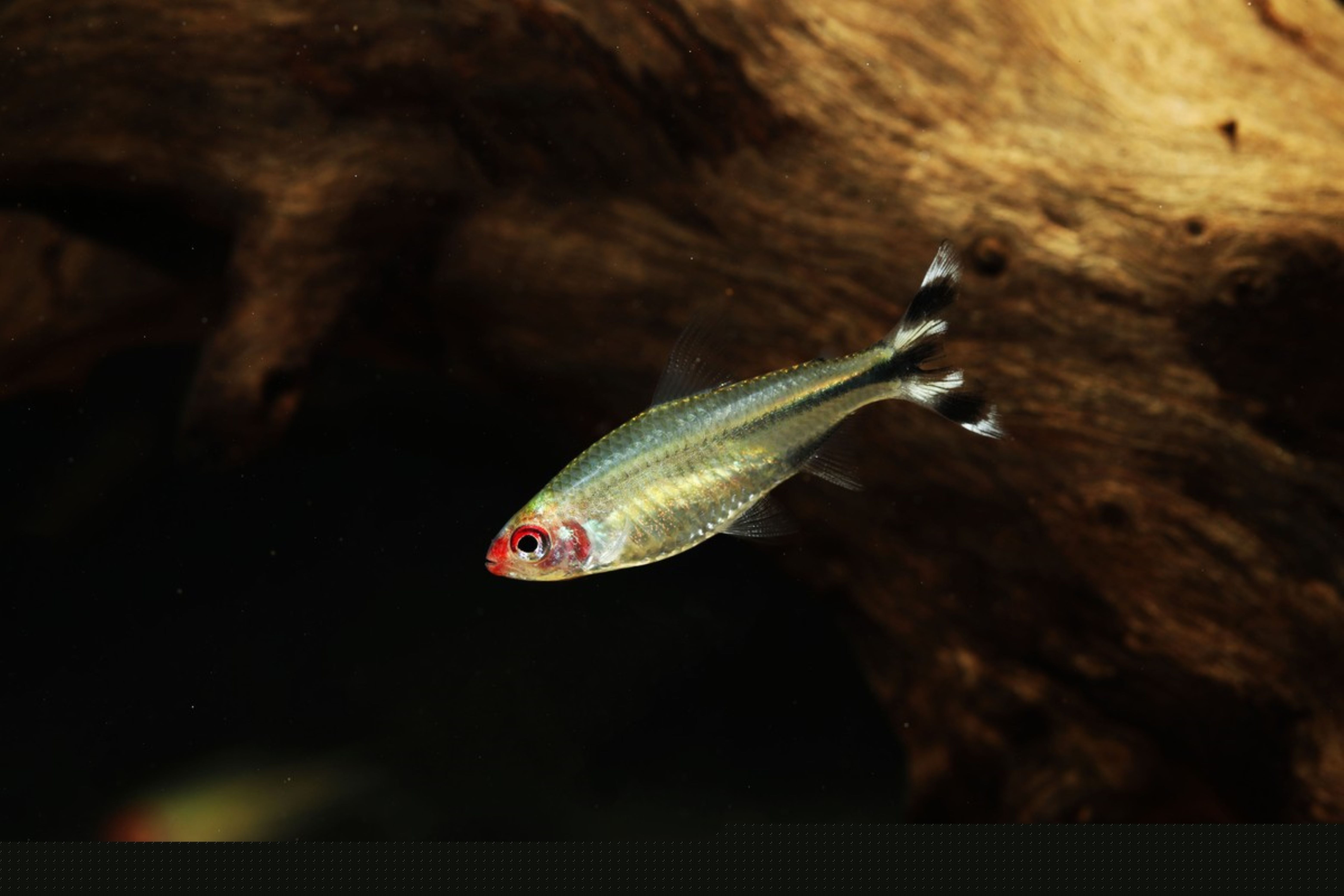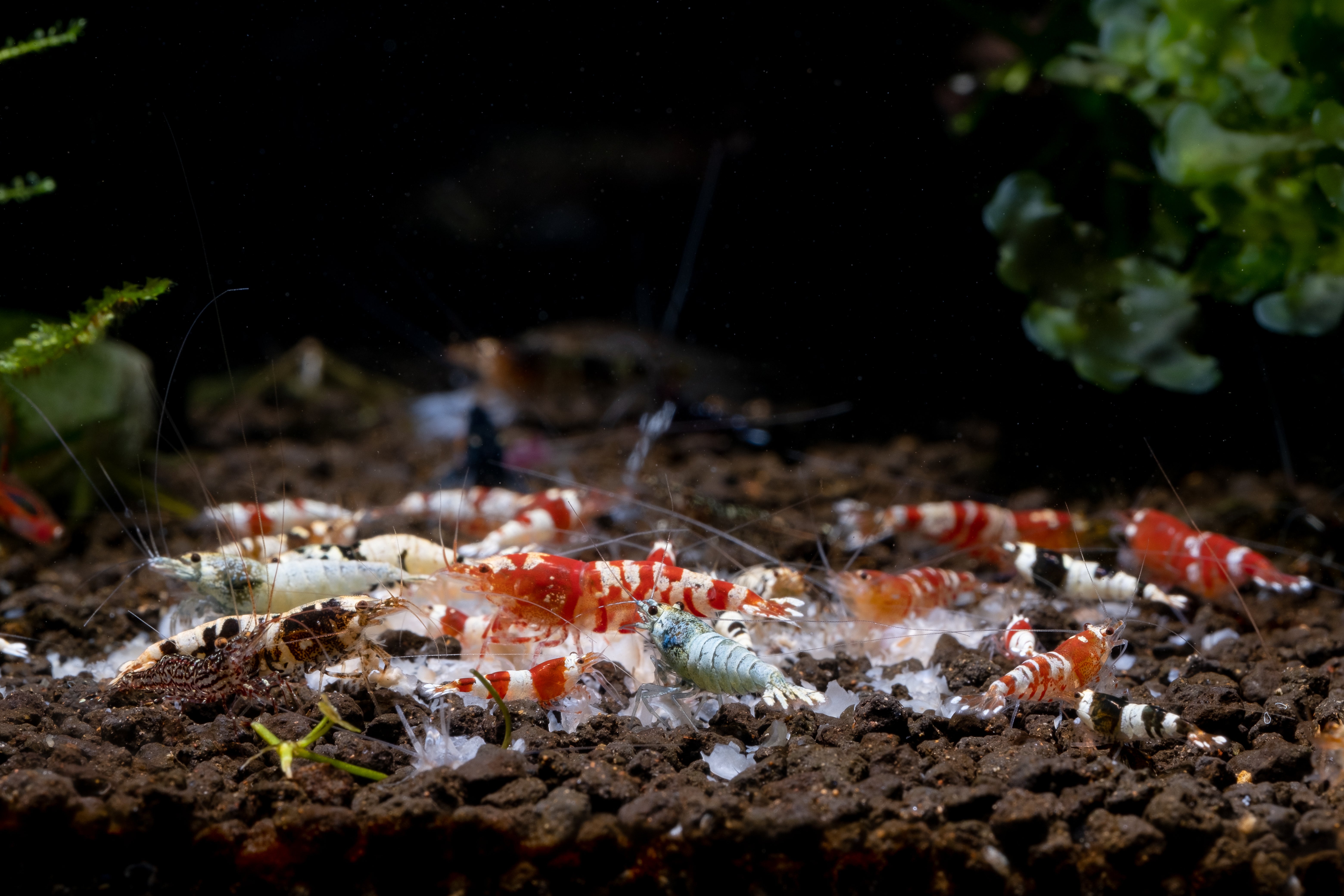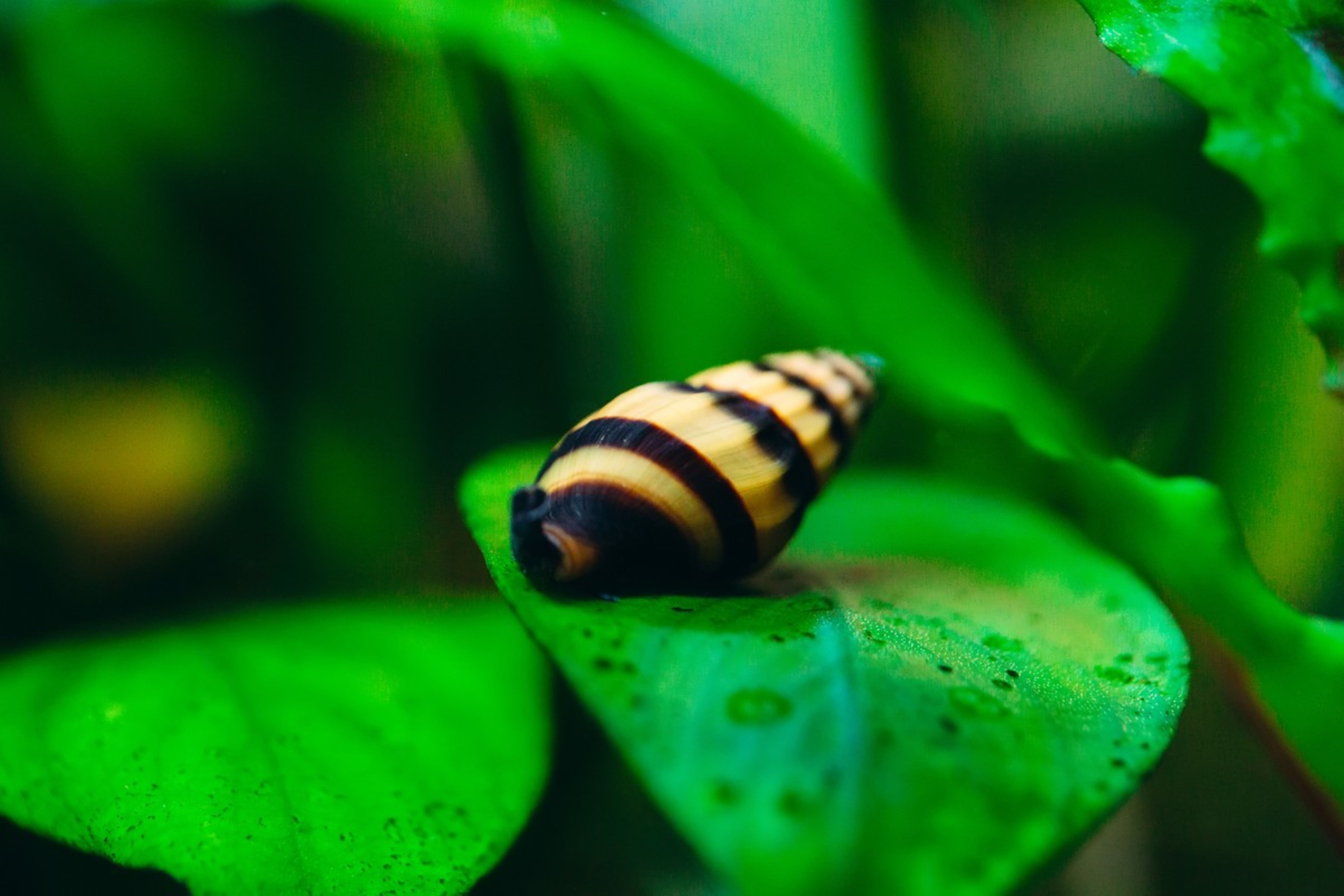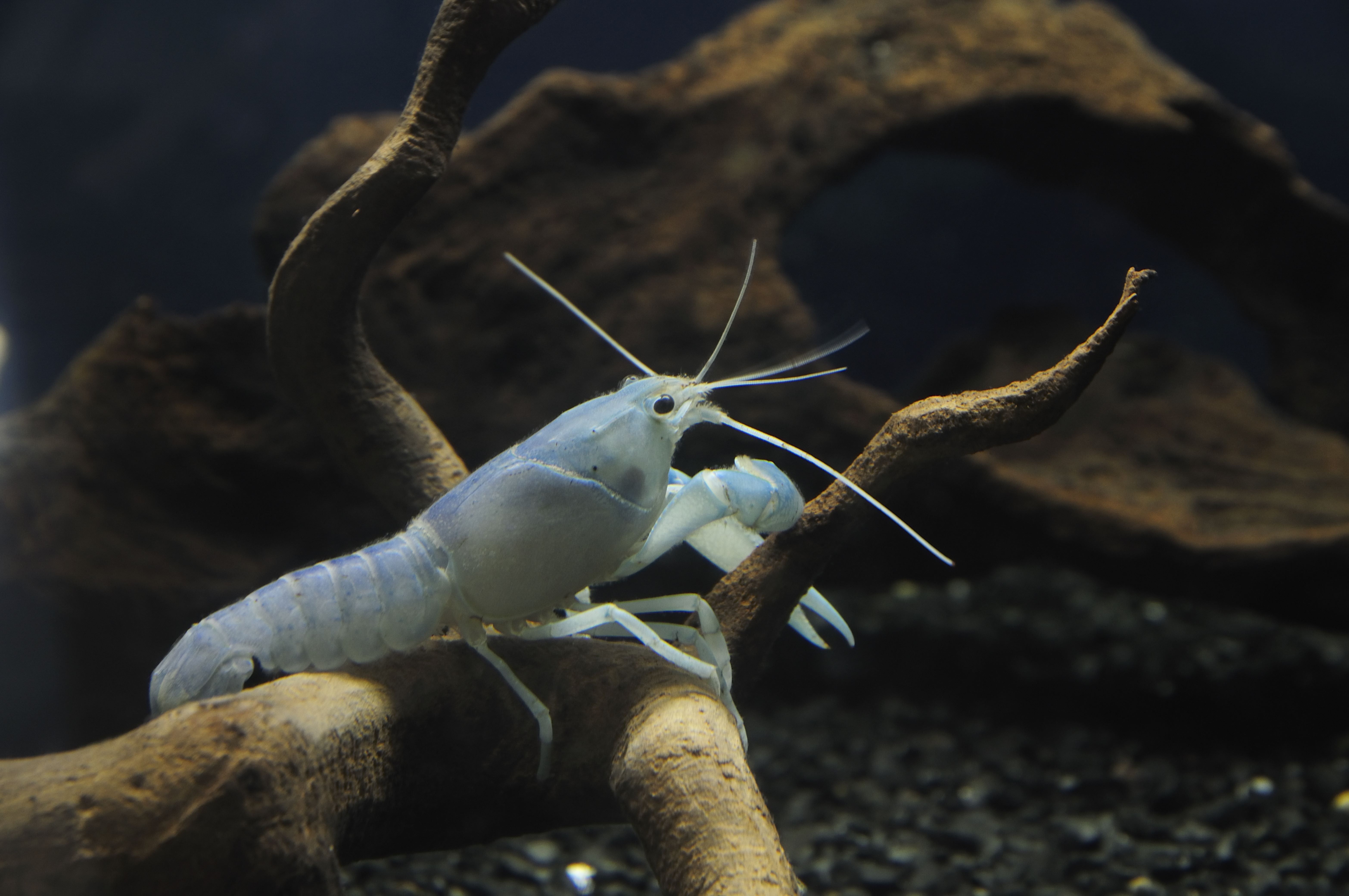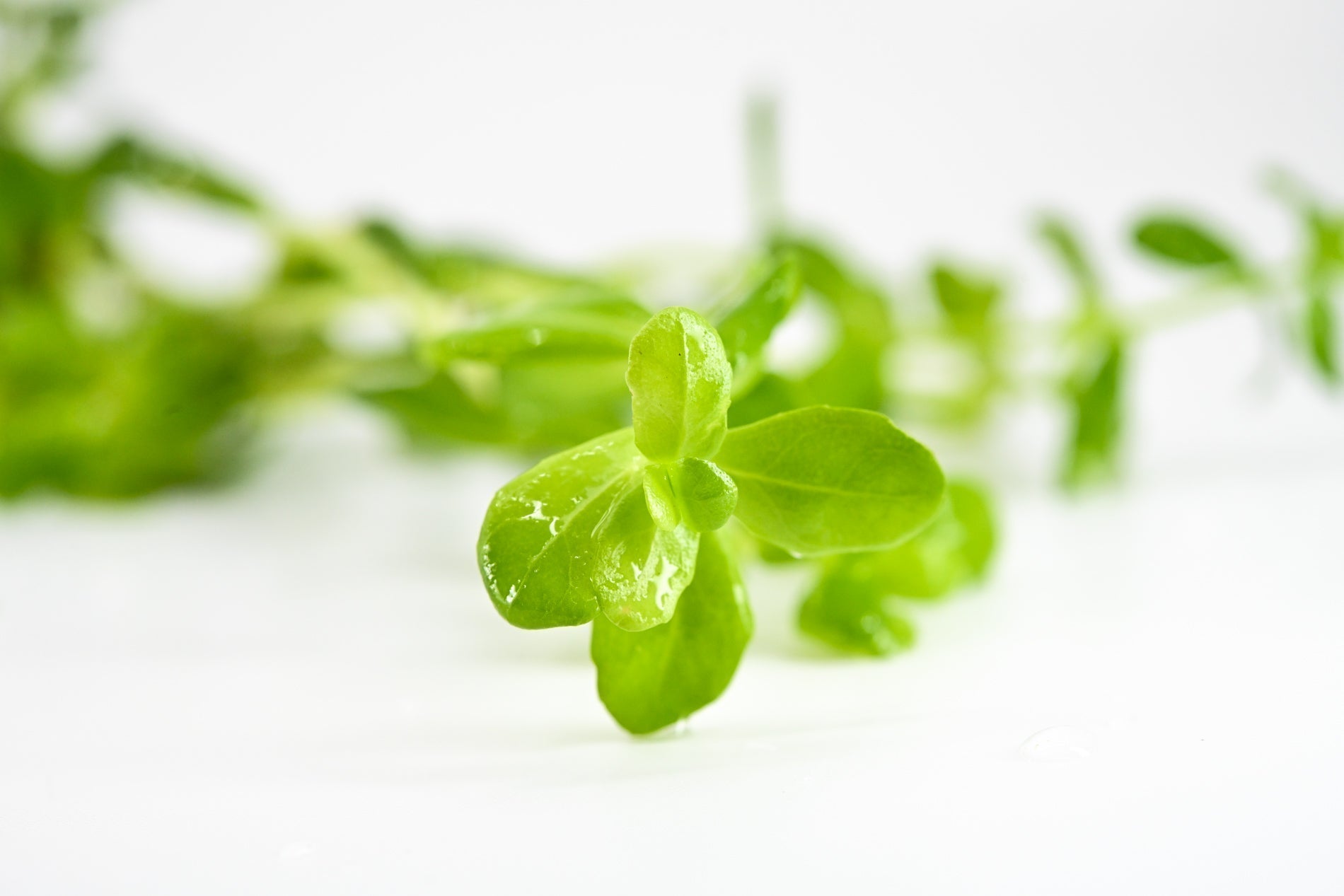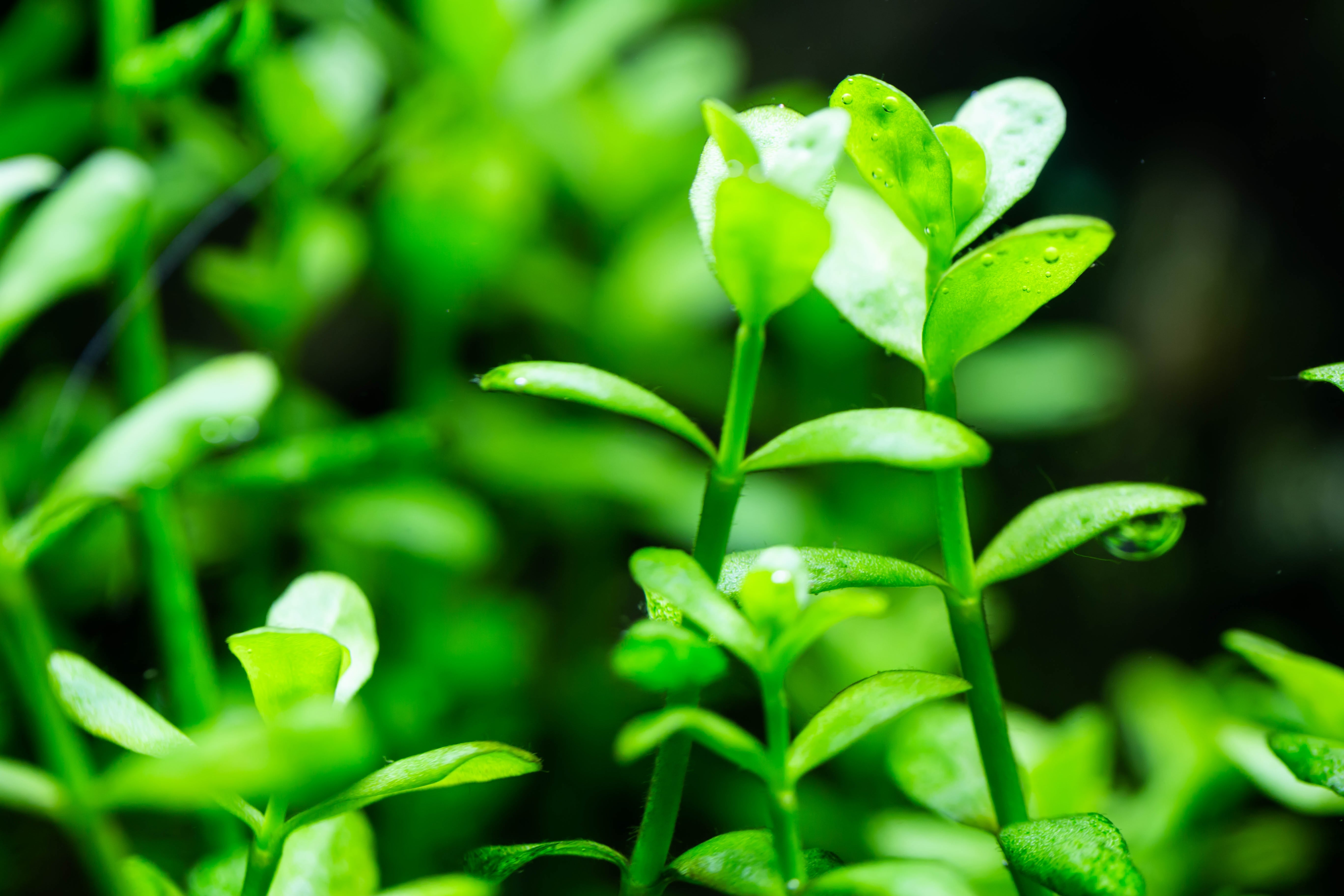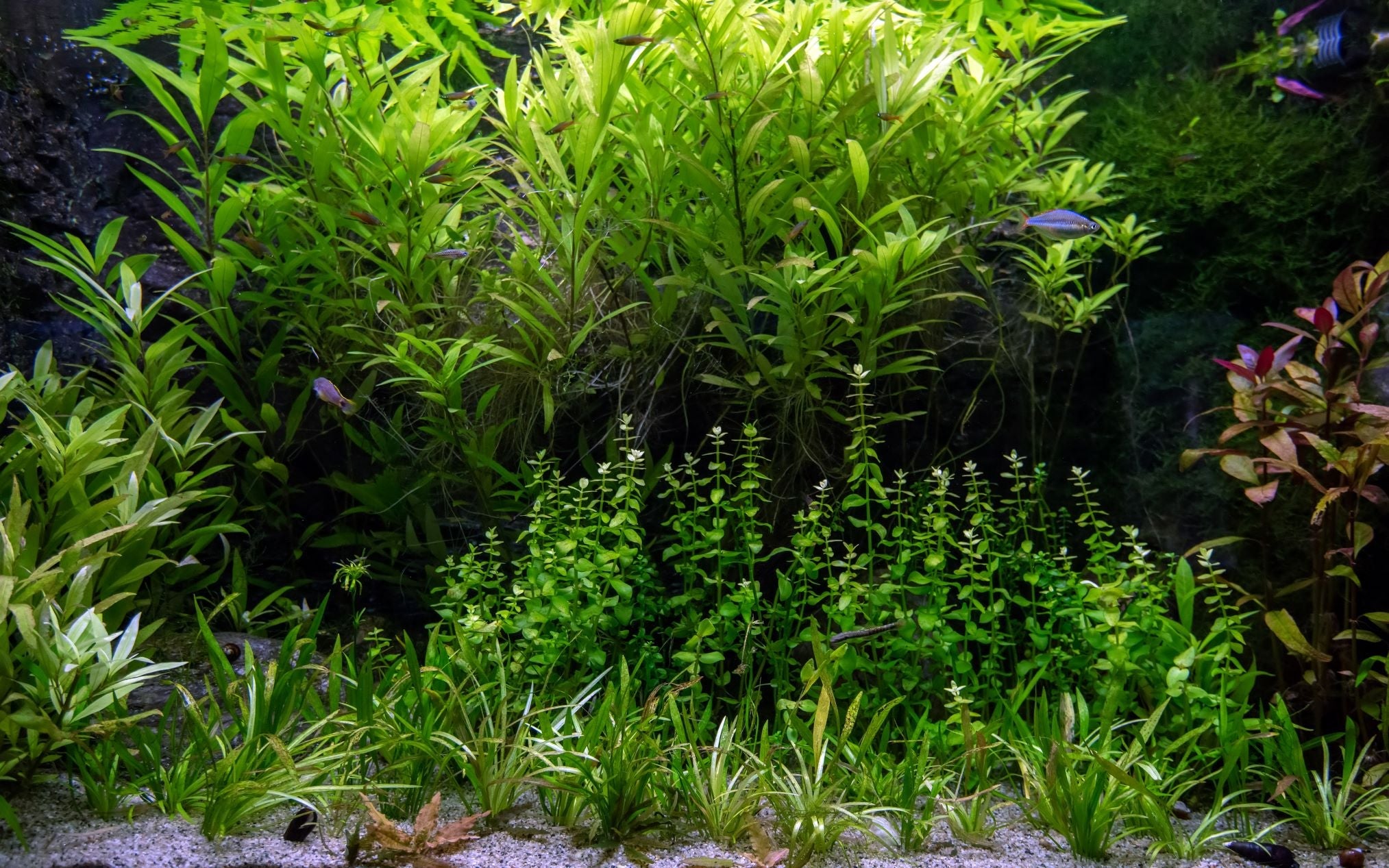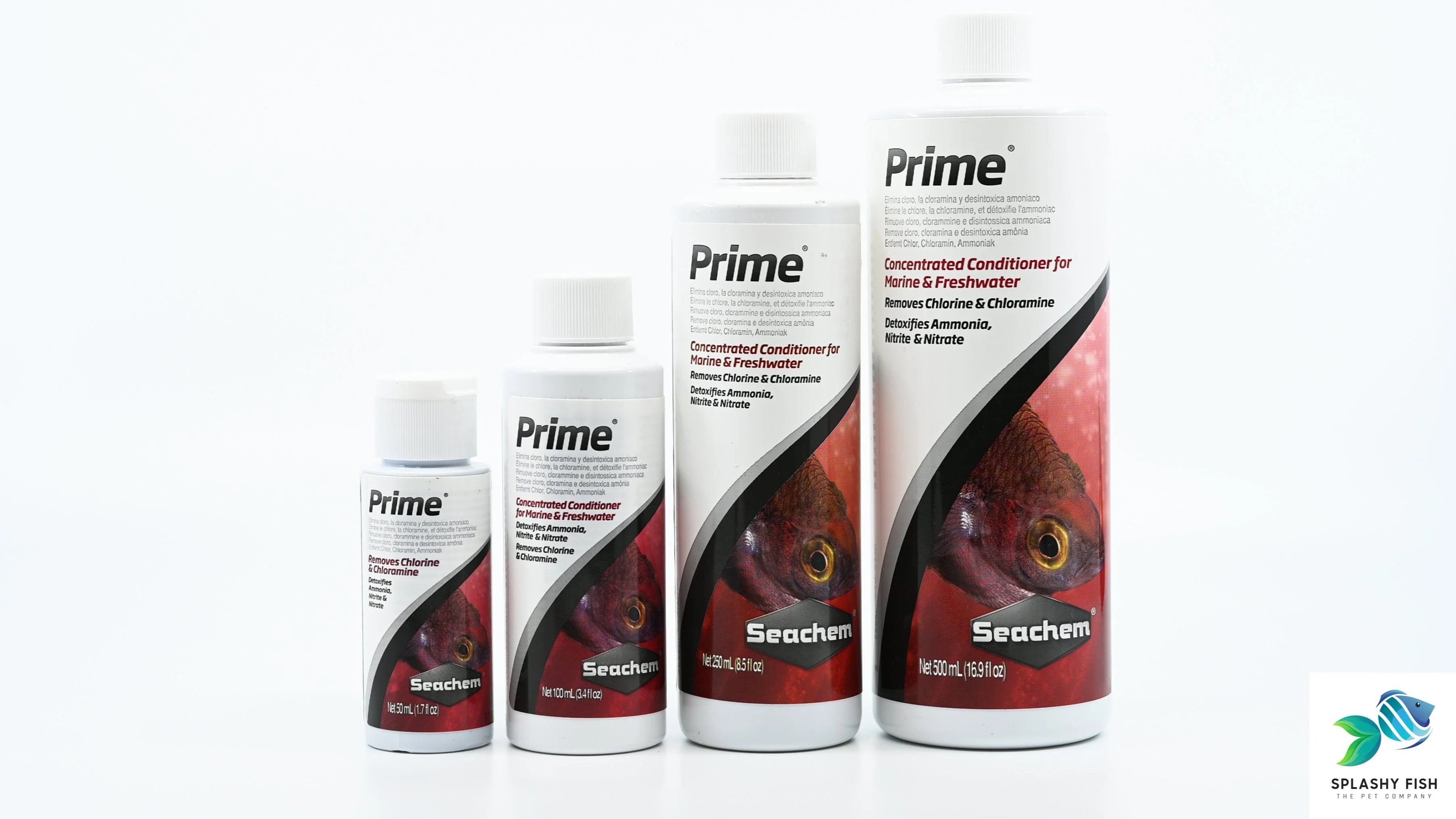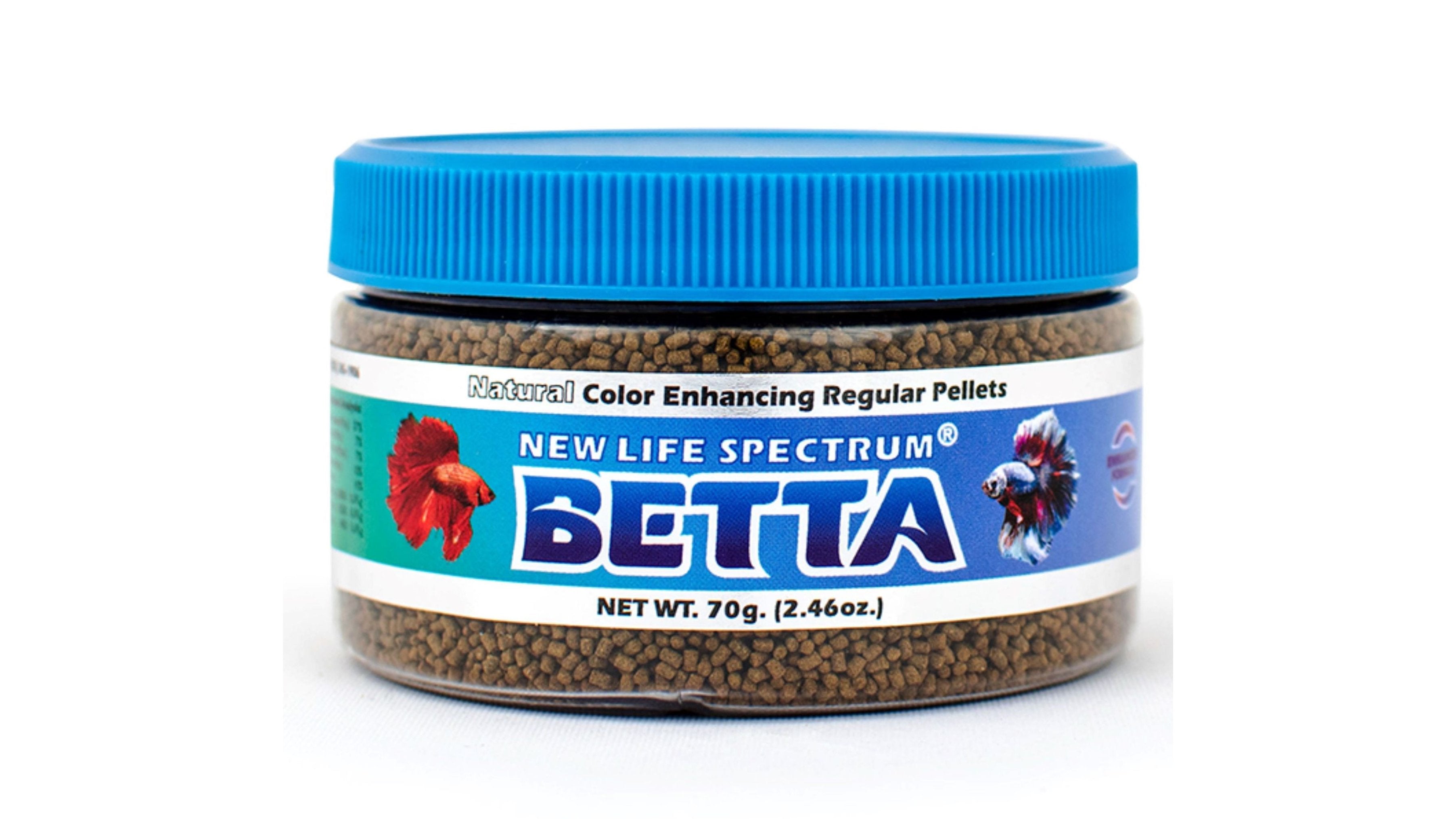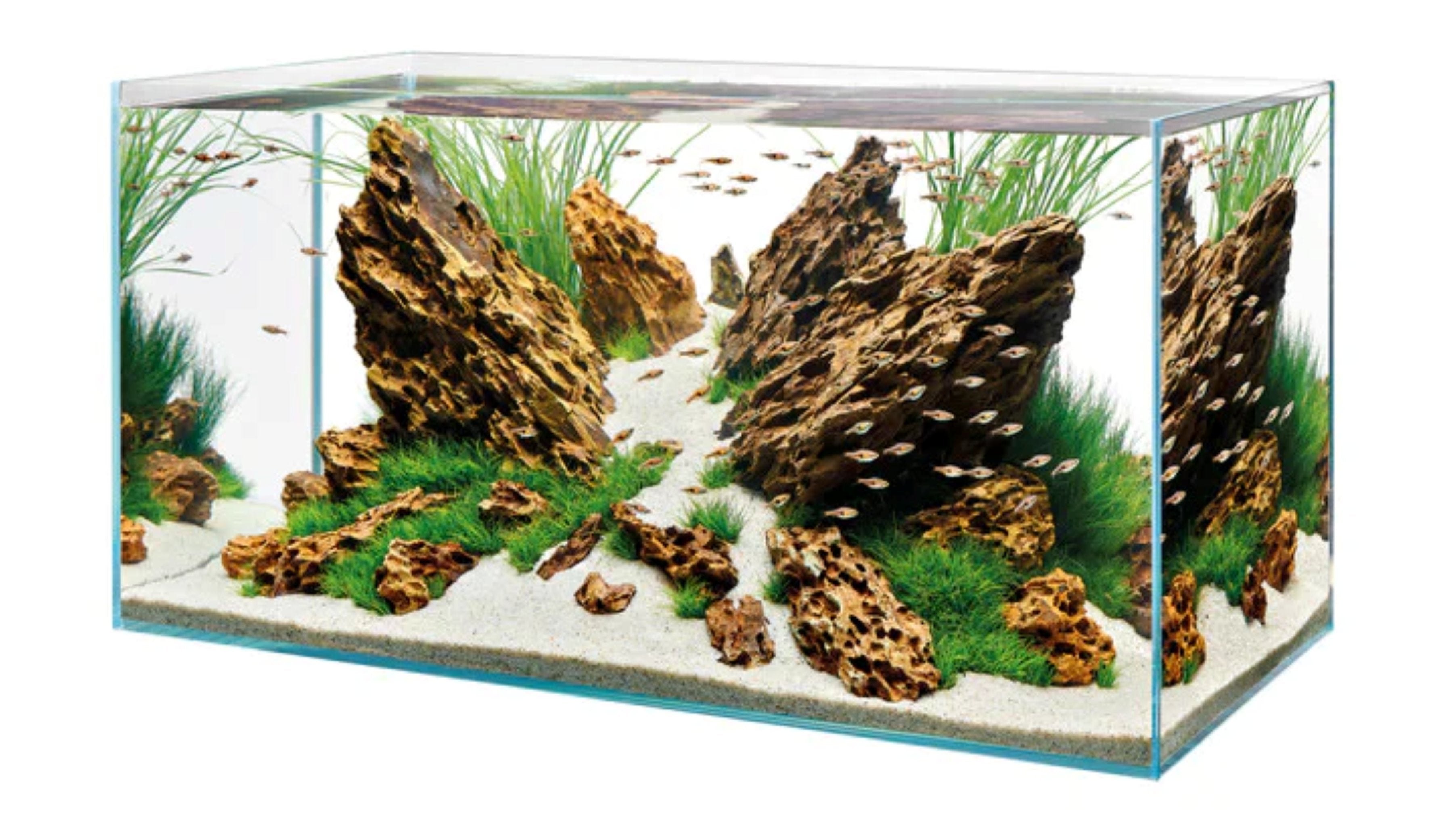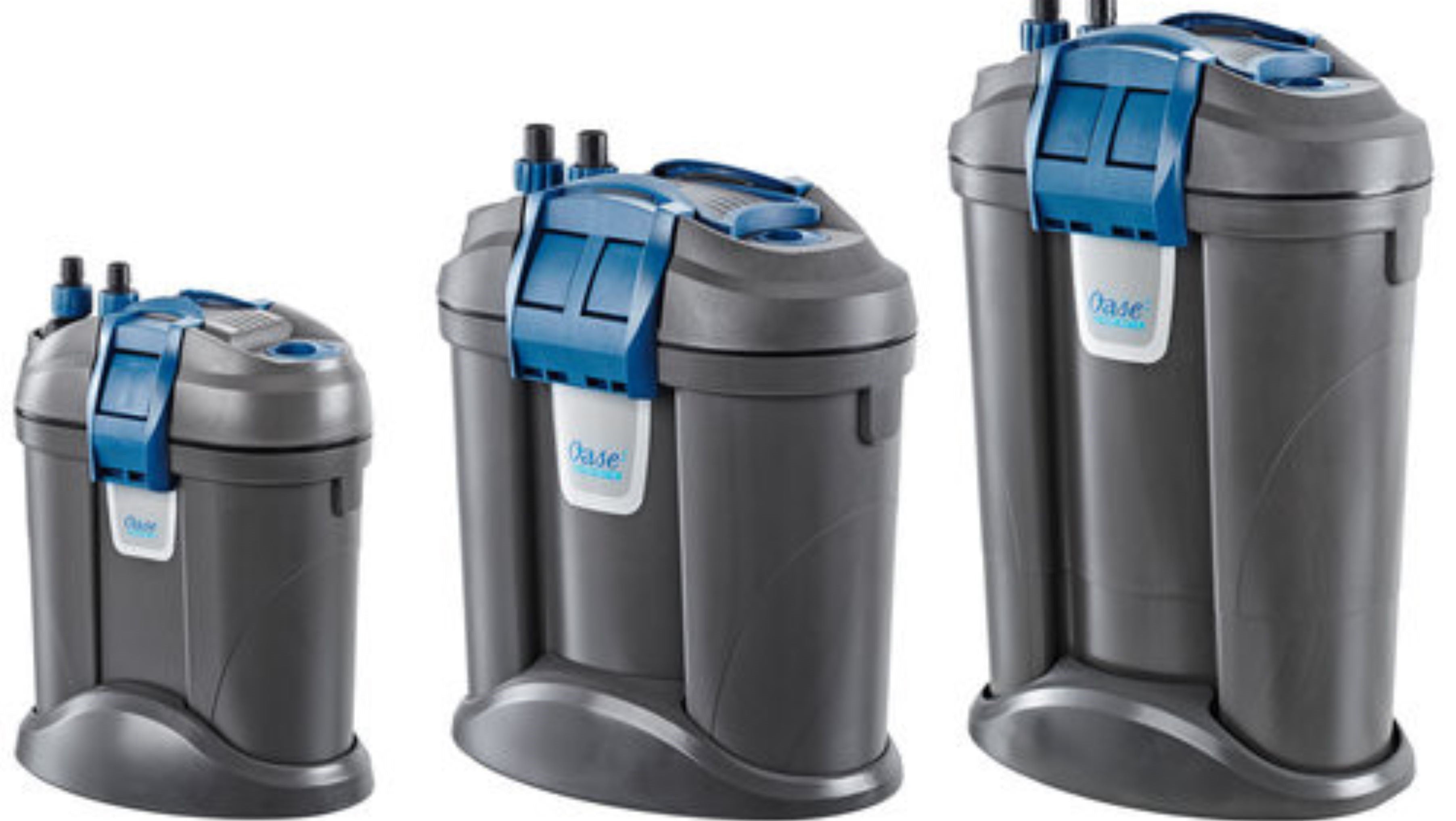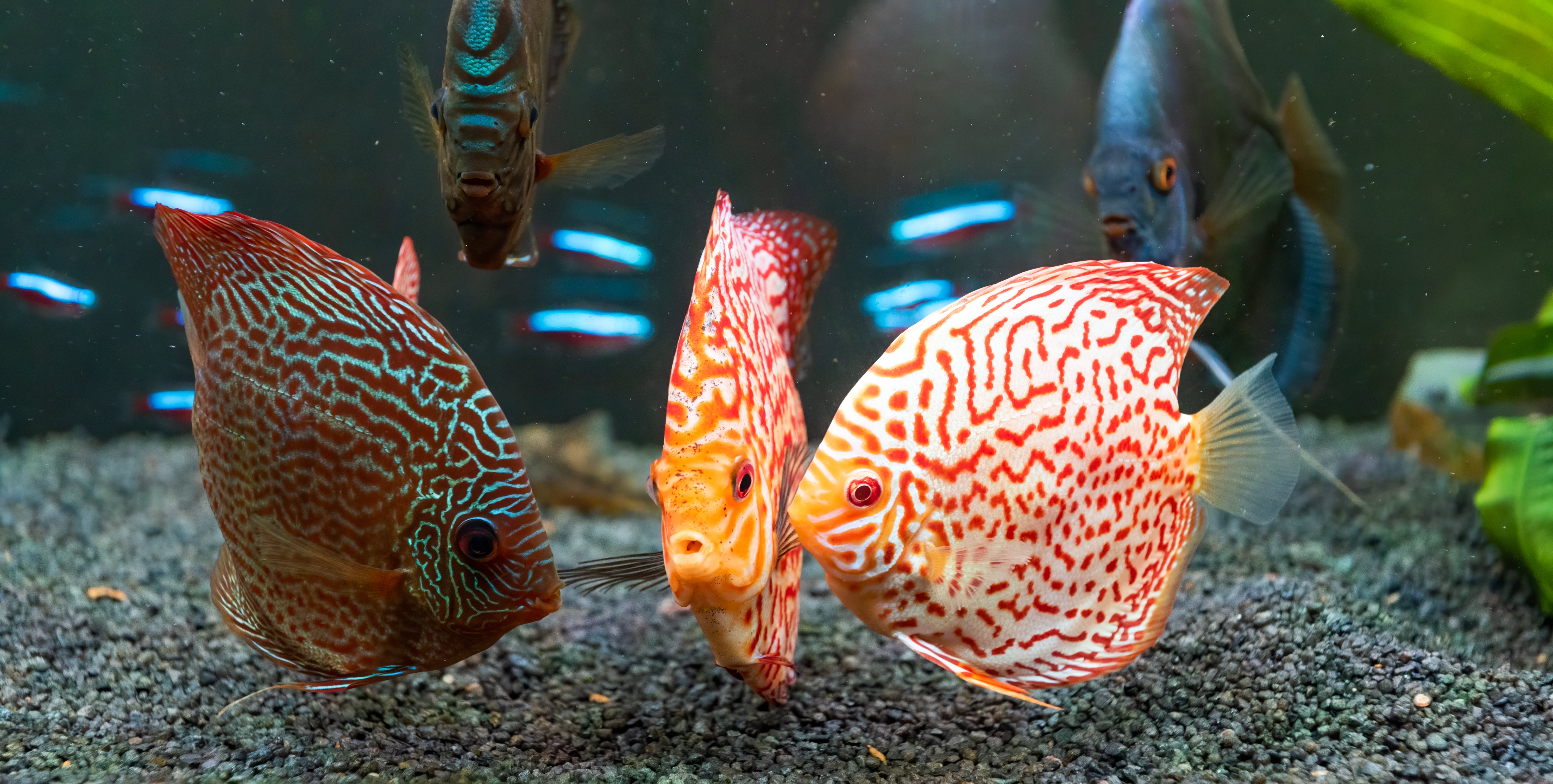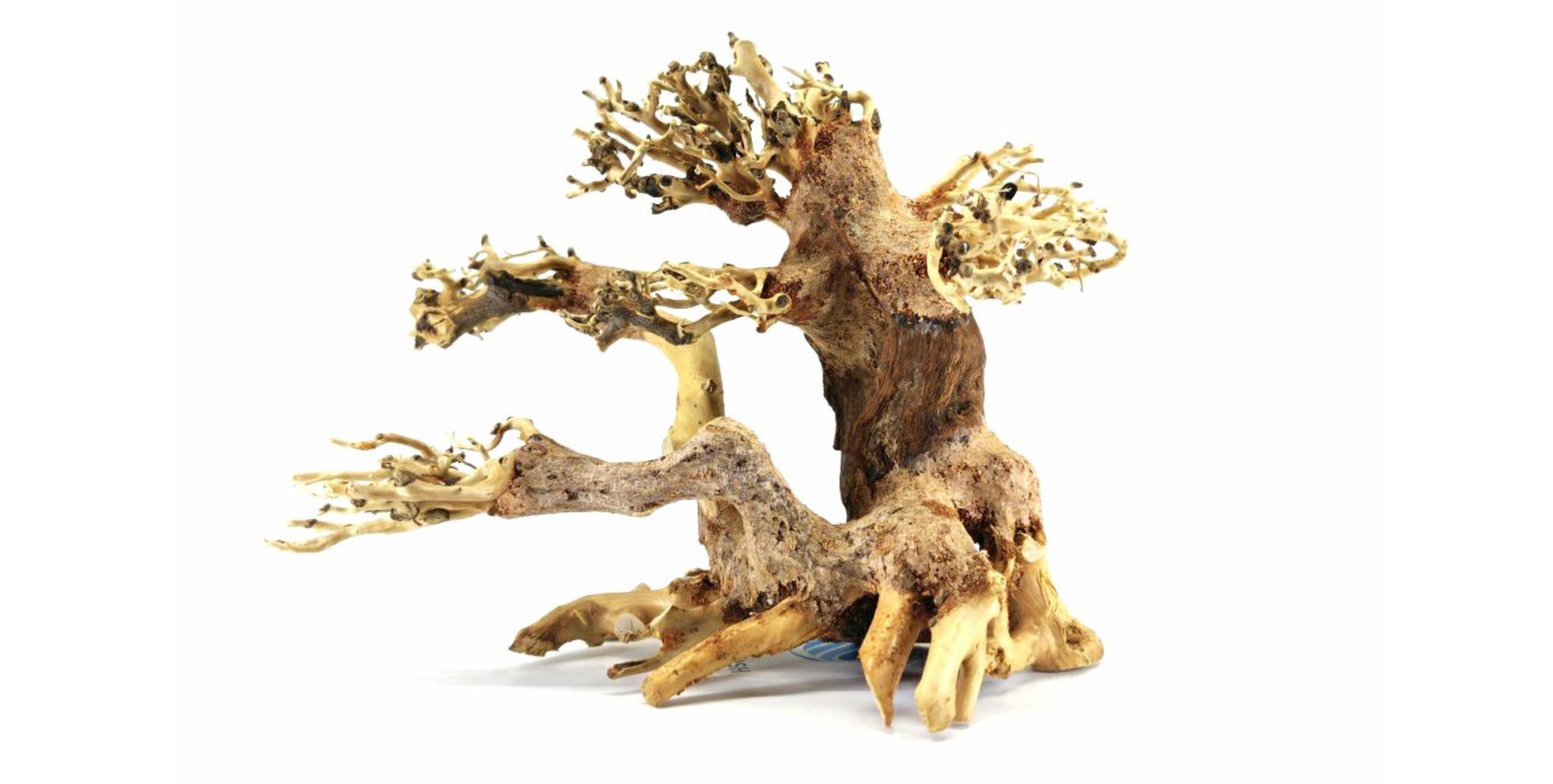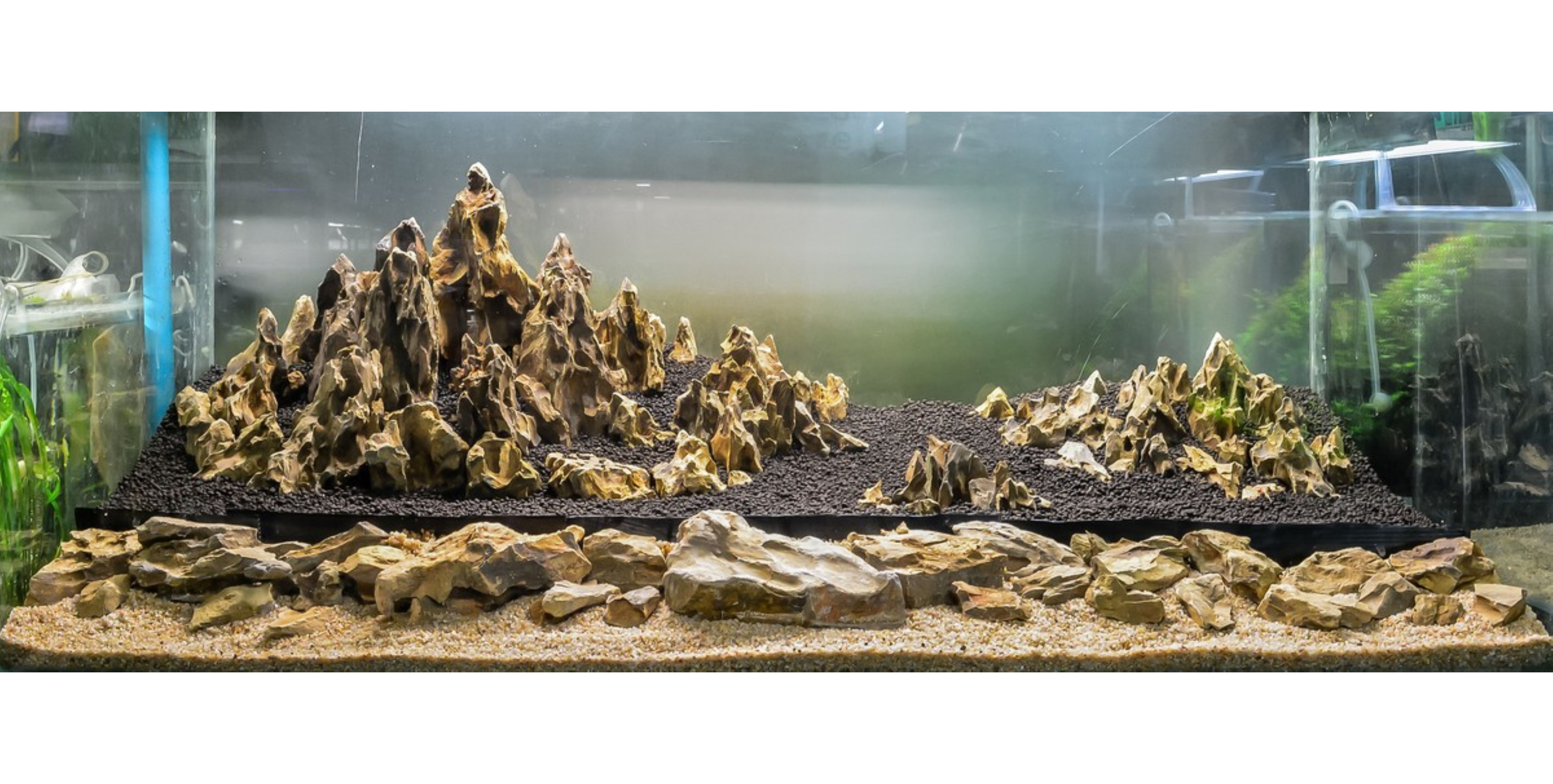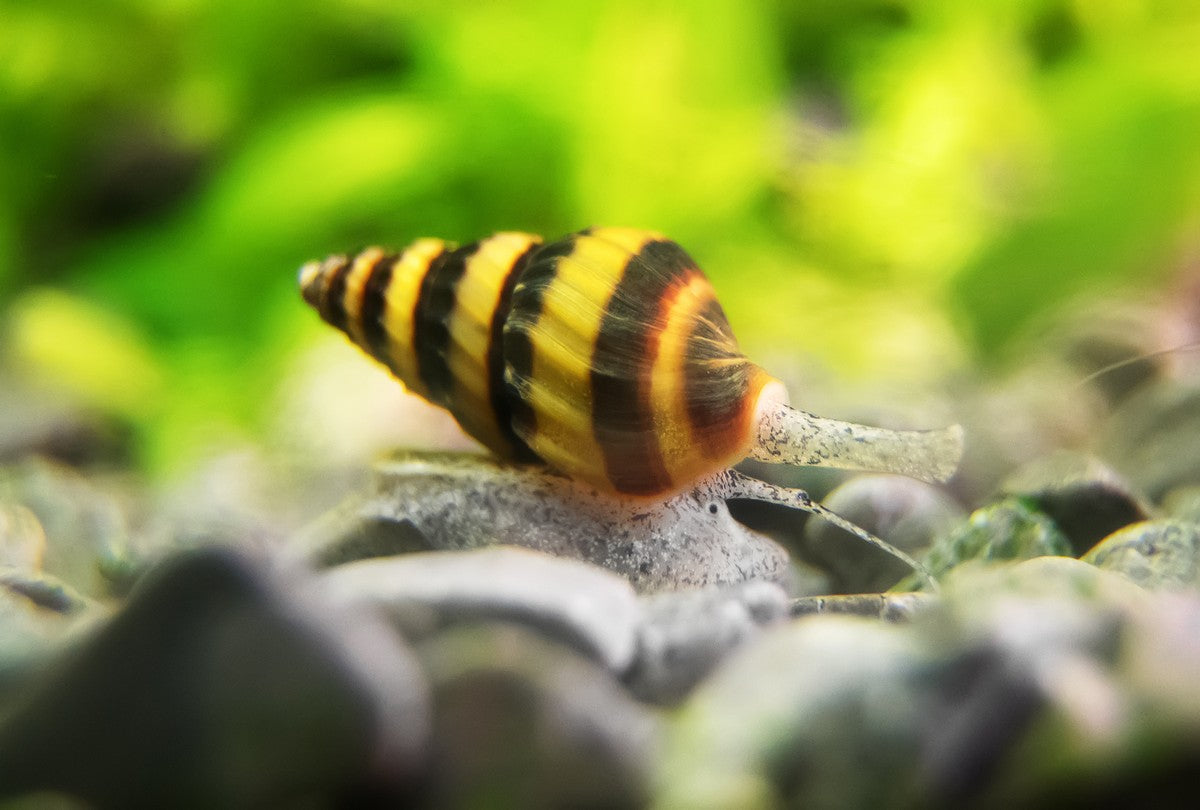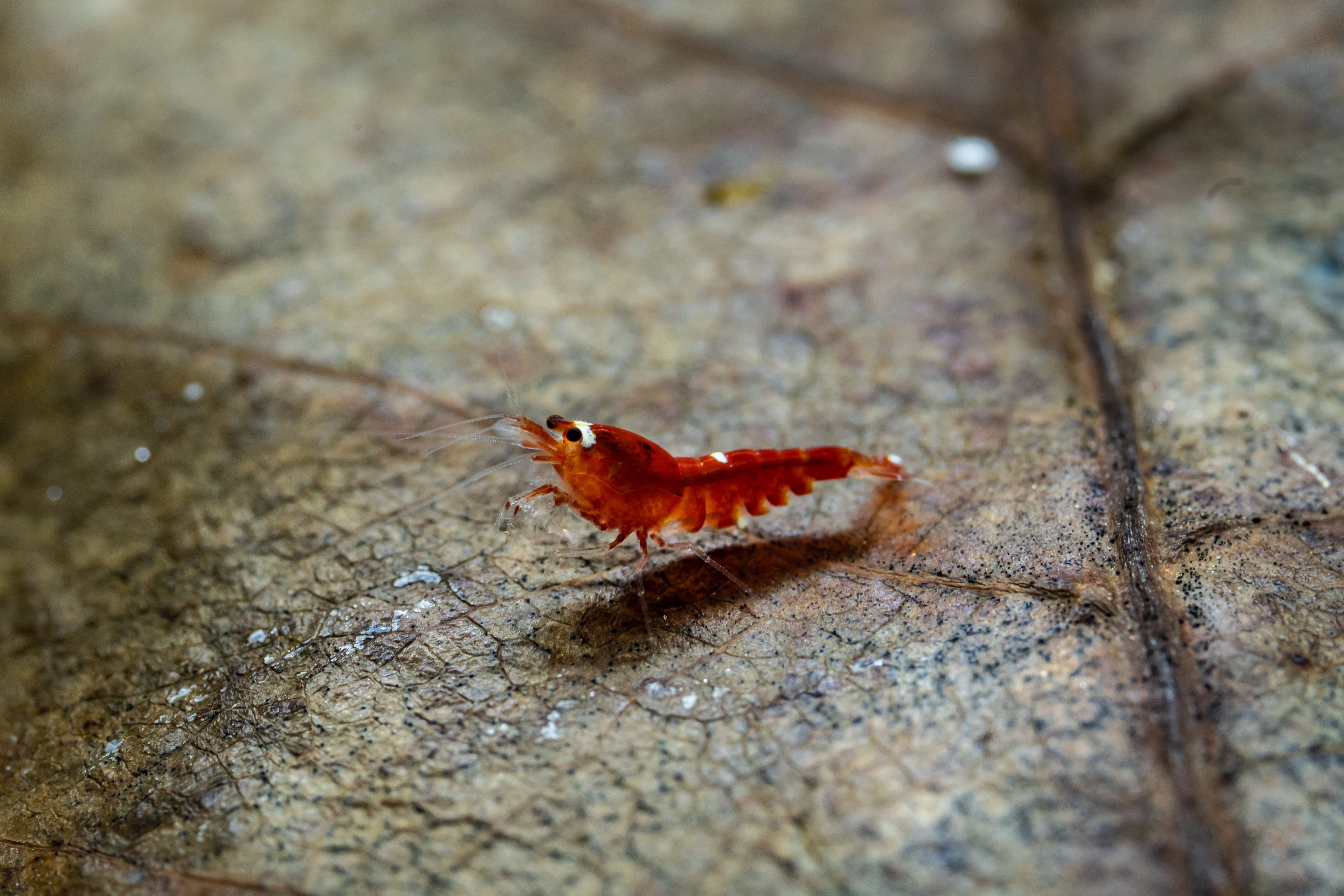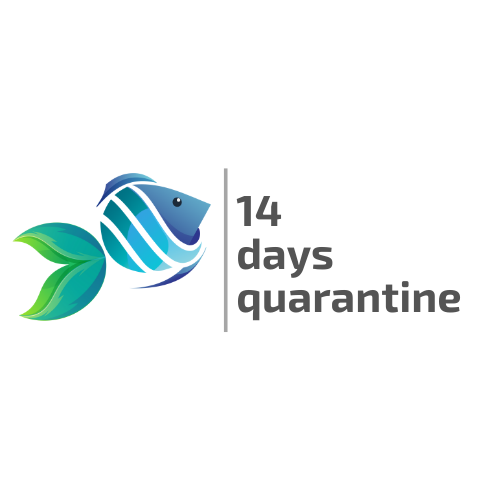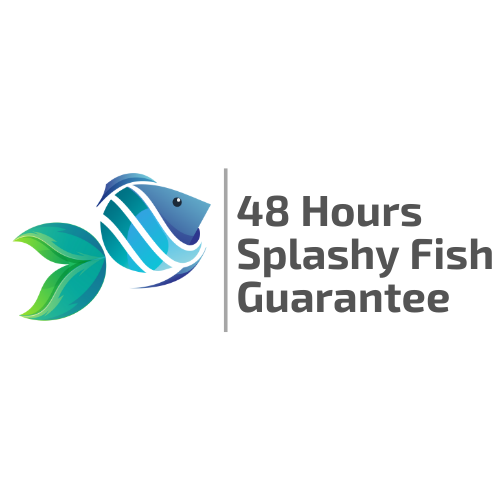Table of Contents
Welcome to the ultimate guide for aquarium enthusiasts eager to elevate their aquatic ecosystems! If you’re passionate about creating a thriving environment, you’ve likely considered the unique beauty of assassin snails. These captivating creatures not only add a touch of elegance but also serve a vital role in keeping your tank clean by controlling pesky pest populations. In this comprehensive guide, we’ll delve into everything you need to know about caring for assassin snails, from their ideal tank conditions and dietary preferences to tips on maintaining a balanced aquarium ecosystem. Whether you’re a seasoned aquarist or a beginner looking to enhance your aquarium, understanding how to properly care for these enigmatic snails will ensure your underwater paradise flourishes. Join us as we explore the essential techniques that will help you cultivate a healthy habitat for your assassin snails and witness the magic they bring to your aquarium!
Why Should You Have Assassin Snails?
If you’re looking for a natural and fascinating way to control pest snails in your tank, Assassin Snails are the ideal choice. Their carnivorous nature allows them to target and reduce nuisance snail populations without harming your aquatic plants or fish. Instead of relying on chemical treatments, which can disrupt your tank’s ecosystem, introducing assassin snails offers a more balanced and sustainable solution.
Beyond their pest control abilities, these snails are visually striking. Their yellow and brown striped shells stand out against the greenery and substrate of any aquarium, adding a subtle touch of beauty. Watching them stalk and consume their prey provides endless fascination. They will bring life and dynamic behavior to your tank.
Another major benefit is their compatibility with a wide range of tank setups. Assassin snail care is low-maintenance, and they can thrive in both small and large aquariums. If you value a healthy, natural ecosystem, adding assassin snails is a smart, eco-friendly choice.

Origin and Natural Habitat of Assassin Snails
Assassin snails (Clea helena or Anentome helena) hail from the freshwater streams, rivers, and lakes of Southeast Asia, particularly regions of Thailand, Malaysia, and Indonesia. In the wild, these freshwater snails dwell in slow-moving waters with soft, sandy, or muddy substrates, which allow them to burrow and hunt for prey efficiently.
Their natural habitats are often littered with leaves, driftwood, and decaying organic matter, providing excellent cover and an abundance of small invertebrate prey. They thrive in environments with clean, oxygen-rich water and moderate temperatures.
Understanding their wild origins helps aquarists create optimal tank conditions for assassin snail care, offering plenty of hiding places, stable water quality, and suitable substrate that encourages natural behavior and long-term health.
Create The Ideal Assassin Snail Tank
Tank Size
While assassin snails remain relatively small, they are active and benefit from space to roam and hunt. A 10-gallon tank is suitable for a small group of 3 to 5 snails. If you plan to manage a larger pest snail population or house more assassin snails, a larger tank (20 gallons or more) is recommended to prevent overcrowding and competition for food.
Water Parameters
Maintaining excellent water quality is crucial for long-term assassin snail care. Like most invertebrates, they are sensitive to poor water conditions. Target parameters include:
- pH: 7.0 to 8.0 - slightly alkaline water supports shell health and activity.
- Water hardness (dGH): 6 to 15 - Adequate calcium levels are necessary for strong shell development.
- Ammonia and Nitrite: 0 ppm - these compounds are toxic to all snails and must be kept at zero.
- Nitrate: Below 20 ppm - while more tolerant of nitrates, high levels can stress snails and degrade water quality.
Regular testing with a quality aquarium test kit will help ensure your tank remains within these optimal ranges. Weekly water changes of 20–30% help maintain stability and freshness.
Temperature Requirements
Assassin snails prefer stable, tropical temperatures in line with most community fish species:
- Temperature range: 72°F to 82°F (22°C to 28°C)
- Optimal range: around 75°F (24°C)
Heaters should be used to maintain consistent temperatures year-round, especially in cooler climates. Avoid rapid fluctuations, as temperature stress can weaken snails and disrupt their feeding and breeding behavior.
Filter
A reliable filter is essential for any healthy aquarium. For assassin snail care, a gentle sponge filter or well-adjusted canister filter is ideal. Strong currents should be avoided, as assassin snails prefer calmer waters where they can move and hunt easily.
Sponge filters also encourage the growth of biofilm, a supplementary food source for newly hatched assassin snails and other invertebrates.
Substrate
In their native habitats, assassin snails are avid burrowers. A soft sand or fine gravel substrate is ideal for replicating this environment. It allows snails to bury themselves when resting or hunting.
Burrowing also helps newly hatched snails find shelter and establish themselves in the tank. A substrate that mimics natural riverbeds promotes healthier, more natural behavior across all life stages.
What Do Assassin Snails Eat?
Assassin snails are carnivorous and highly efficient predators of pest snails, which form the core of their diet. Their preferred prey includes:
- Bladder snails
- Pond snails
- Ramshorn snails
Upon detecting their prey, assassin snails will actively hunt and consume smaller snails. They use a specialized proboscis to pierce and feed on the soft tissue inside the prey snail’s shell.
When pest snail populations decline, it’s essential to supplement the diet of your assassin snails to keep them healthy. Suitable options include:
- Frozen or live bloodworms
- Brine shrimp
- Daphnia
- High-protein sinking pellets (shrimp pellets work very well)
Feed supplemental foods 2-3 times per week once pest snail populations are controlled. Remove uneaten food within 24 hours to prevent water quality issues. A well-fed freshwater assassin snail remains active and vibrant.
Assassin Snails Breeding and Reproduction
Breeding assassin snails is straightforward and manageable in home aquariums, making them a popular choice for aquarists interested in invertebrate reproduction.
Assassin snails are dioecious, meaning individual snails are either male or female - both sexes are required for reproduction. Mating pairs will naturally form if both genders are present. Once mating occurs, the female will lay assassin snail eggs:
- Laid singly on hard surfaces like glass, rocks, aquatic plant leaves, or driftwood.
- Eggs appear as square-shaped capsules with a yellowish tint.
- They hatch in approximately 3–4 weeks, depending on water temperature and other conditions.
Upon hatching, juvenile assassin snails will burrow into the substrate and begin feeding on biofilm, detritus, and small prey. Because breeding is relatively slow and controlled, assassin snails will not overpopulate a tank - a key advantage over many other snail species.
Best Tank Mates for Assassin Snails
One of the many advantages of adding assassin snails to your aquarium is their compatibility with a wide range of tank mates. Suitable companions include:
- Peaceful community fish: Tetras, Rasboras, Guppies, Mollies, Platies
- Dwarf cichlids: Apistogramma, Bolivian rams
- Freshwater Shrimp: Neocaridina shrimp or Caridina Shrimp
- Larger snails: Nerite snails, Mystery snails - though be cautious with small snails
Avoid housing assassin snails with aggressive fish species such as larger Cichlids or Loaches (like Clown Loaches), which are known snail predators and may harass or eat your snails.
Enhance Assassin Snails Tank with Live Plants
Incorporating live plants into an assassin snail tank offers numerous benefits for both snails and other tank inhabitants. Live aquarium plants provide natural hiding spots, enhance biological filtration, and promote the growth of biofilm, an excellent supplementary food source for juvenile snails.
Recommended plants for assassin snail care:
- Java moss: creates ideal hiding spots and surfaces for biofilm growth.
- Anubias: provides sturdy leaves for egg laying.
- Java fern: another hardy option that improves water quality and adds visual interest.
- Floating plants: such as Red Root Floater or Salvinia, help diffuse lighting and encourage natural activity cycles in assassin snails.
A well-planted tank enhances the overall health and aesthetic appeal of your aquarium, creating an ideal habitat for your freshwater assassin snails.
Conclusion
Assassin snails are a versatile, beneficial, and fascinating addition to any freshwater aquarium. By serving as natural pest controllers, they help maintain a balanced ecosystem while adding beauty and interest to your tank.
With proper assassin snail care, including stable water parameters, a varied protein-rich diet, and a thoughtfully designed environment, your snails will thrive and potentially reproduce, giving you a self-sustaining, helpful population.
At Splashy Fish tropical fish store, Assassin snails for sale and other freshwater snails for sale are selected and packed with love and care. Visit us to buy them online or at aquarium store in Virginia for more betta fish for sale, freshwater fish for sale, aquarium plants for sale, and aquarium supplies.
Assassin Snails Frequently Asked Questions (FAQs)
How big do Assassin Snails get?
Assassin snails typically grow to about 1 inch (2.5 cm) in length. In optimal conditions, some individuals may reach up to 1.25 inches (3.2 cm). Their manageable size allows them to comfortably live in nano tanks and larger community setups alike.
Do Assassin Snails eat shrimp?
Generally, assassin snails do not actively hunt or eat healthy, active shrimp. However, they are opportunistic feeders and will consume dead, dying, or molting shrimp if the opportunity arises. In a well-fed tank with sufficient prey or supplemental food, assassin snails are safe to house with shrimp species like Neocaridina and Caridina.
What is Assassin Snail lifespan?
With proper care, assassin snails typically live 2 to 3 years. Under optimal tank conditions, stable water parameters, calcium-rich water, and a well-balanced diet, some individuals have been known to live up to 4 years. Providing the right environment is key to maximizing their lifespan.



